Last week two magnificent exhibitions opened in London. Both have as their theme the idea of the Silk Road, an-overland trade route said to stretch ever since antiquity all the way across Asia from China to Turkey and hence to Mediterranean Europe.
The show at the British Library is entitled A Silk Road Oasis: Life in Ancient Dunhuang and focuses on the extraordinary haul of ancient documents found in the Mogao Buddhist cave temples by a Chinese Daoist priest and sold by him to the explorer and archaeologist Aurel Stein in 1907.
Its treasures include the celebrated ninth-century Diamond Sutra, the earliest clearly dated and complete printed book in the world, as well as the Dunhuang star chart, the earliest known atlas of the night sky from any civilization. The show is imaginatively mounted, with some of the documents read out in wonderful audio clips. There are not many places in the world today where you can hear ancient Sogdian love poetry read out in the original, but the British Library has risen to the challenge.
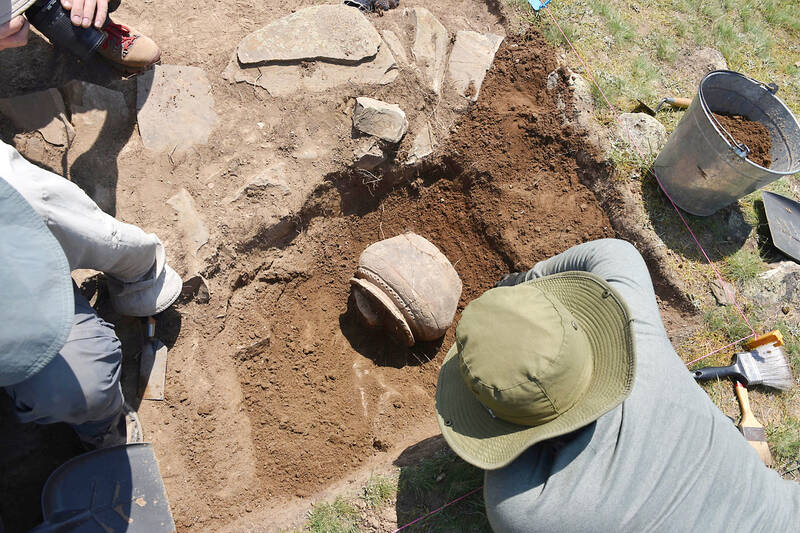
Photo: Reuters
The British Museum’s Silk Roads show is even more spectacular, unquestionably the most fabulous array of treasures to be seen in London in recent times. It guides us all the way from Japan and Korea to East Anglia and even Rhynie in Aberdeenshire, dazzling us with rare treasures of gold, jade, Chinese silk and exquisitely carved ivories gathered from collections around the world.
On the way we see miniature wooden pagodas, stunning ceramic figurines of musicians and camels and grooms, engraved gold cups rescued from shipwrecks and gorgeous fragments of Buddhist wall paintings. The exhibition has rightly received glowing reviews.
‘DIE SEIDENSTRASSEN’
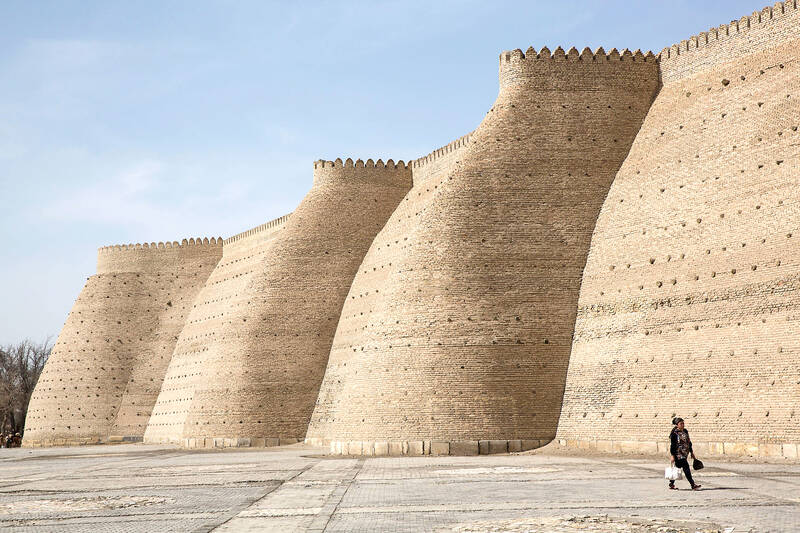
Photo: Bloomberg
Both exhibitions promote the idea of the Silk Road as an east-west network of superhighways linking eastern Asia with western Europe in a free-flowing movement of goods and ideas. It is a deeply romantic idea, evoking camel caravans crossing the Pamir mountains, then swaying their way over the sand dunes of the Gobi desert.
It is also an idea that breaks open nationalistic silos and encourages us to think about the surprising interconnectedness of the world in a period millennia before we expect to encounter globalization. But for all that, the seductively Sinocentric concept of the Silk Roads is still problematic.
Despite its modern popularity the notion of a Silk Road was unknown before the 19th century. Marco Polo, the man now most closely associated with the road, never once mentions the term, even though it was during his lifetime that travel became easiest through the borderless Mongol empire.
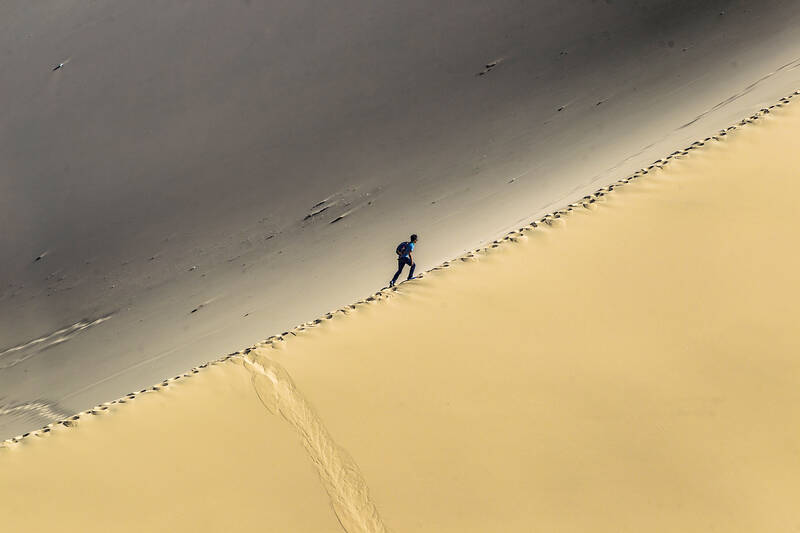
Photo: EPA-EFE
Instead the term was popularized by a Prussian geographer, Baron von Richthofen, as late as 1877. While engaged in a survey of China, the baron was charged with dreaming up a route for a railway linking Berlin to Beijing. This he named die Seidenstrassen, the Silk Roads. It was not until 1938 that the term Silk Road appeared in English, as the title of a popular book by a Nazi-sympathizing Swedish explorer, Sven Hedin.
Since then, the term has captured the global imagination, and the “reopening” of the Silk Road has been announced by President Xi Jinping (習近平) of China as part of his belt and road initiative. In this way, the idea has been mobilized as part of Chinese foreign policy, partly to obfuscate its economic and military projections of power.
TRADE
Yet silk was never the main commodity imported to the west from the east. Instead, it was always far exceeded in value by imports of Indian pepper, spices, ivory, cotton, gems, teak and sandalwood. When in 408AD Alaric the Visigoth held Rome to ransom, his terms were significant: in addition to 5,000 pounds of gold, he demanded not silk but 3,000 pounds of Indian black pepper.
Nor was China, the alleged terminus of the Silk Roads in most versions of its conception, ever the main destination of east-west trade in ancient or early medieval times. Indeed, the Roman empire and China actually had only the haziest notions of each other’s existence — vaguely aware of each other, but almost never in direct contact.
In reality, goods from China largely reached Rome merely as an exotic supplement to its thriving commerce with India, and passed through Indian ports: the fullest early guide to the commerce of Asia, a first-century merchants’ manual, specifically says the best place to buy silk are the ports of Gujarat, where much of the silk that reached the west was manufactured.
It is also clear that sea travel was the fastest, most economical and safest way to move people and goods in the pre-modern world, costing about a fifth of the price of equivalent land transport. Shipping routes that cut across political and topographical boundaries were always more important than the slow-moving caravan trails, and the overland trade routes always carried much less trade than the sea roads: ships, after all, could carry vastly larger cargoes — often amounting to several hundred tonnes — and travel much more quickly than donkeys or camels. They could also sail around wars, instability and ambushes.
Western trading manuals reveal a real, practical familiarity, even intimacy, with the ports of India, especially those on the west coast, with detailed descriptions that clearly derive from first-hand experience and direct observation, the author commenting, for example, on the taste for singing boys in Gujarat. If China and the west ever came face to face, they did so here in the quays, ports and bazaars of coastal India.
INDOSPHERE: A CULTURAL CENTER
Indeed in the crucial period between the end of antiquity and the high middle ages, you can make at least as good a case for India being the cultural and intellectual center of Asia, influencing and changing the course of religious, artistic and cultural life in the regions around it, not least China itself.
In this period, India was the center of the Buddhist world and the main destination of Buddhist pilgrims seeking their holy places. This was why, for example, the celebrated seventh-century Chinese monk Xuanzang (玄奘), and many others like him, risked their lives to make the dangerous journey to what was then the Oxford of ancient Asia: the great Buddhist university of Nalanda in the middle of north India’s Gangetic plain, with its tens of thousands of learned monks. Its magnificent library was the greatest repository of Buddhist texts; works revered, copied and carried eastwards by generations of Chinese, Korean and Japanese monks.
“People of distant places, with diverse customs,” wrote Xuanzang, “generally designate the land they most admire as India.”
The account he wrote of that journey, The Great Tang Records on the Western Regions, makes it clear that the world he had just passed through, from Changan in western China to Kanchipuram in southern India, and back, was largely dominated by Indic ideas, art, science, languages and religions.
During the period covered by these shows, India was a confident exporter of its own diverse civilization, creating around it an empire of ideas that developed into a tangible “Indosphere” where its cultural influence was predominant. During this period, the rest of Asia was the willing and even eager recipient of a startlingly comprehensive mass transfer of Indian soft power, in religion, art, music, dance, textiles, technology, astronomy, mathematics, medicine, mythology, language and literature.
SANSKRIT, LINGUA FRANCA
Sanskrit became the lingua franca in much of Asia and left a permanent mark on the map from Balkh to Singapore. Indeed, so deeply immersed in Sanskritic culture did the elites of south-east Asia become that they began renaming towns and settlements after the most celebrated places of Indian mythology. To this day, the ancient capital of Thailand is named Ayutthaya after Ayodhya, Lord Rama’s capital in the great epic poem the Ramayana, while the national airline of Indonesia is Garuda, named after the god Vishnu’s mount. The spread of Sanskrit brought all of Indian literature, arts and sciences in its wake.
Yet in the catalog of the British Library show, the map highlights the network of roads running east to west through the deserts of western China, but leaves the lands south of the Himalayas in routeless, cityless darkness inscribed merely “Indian Kingdoms.”
Equally, although the British Museum show opens with a Gandharan Buddha smelted in the Swat valley of what is now Pakistan and brought to Sweden by Vikings, and ends with a scattering of Rajasthani garnets found in the Sutton Hoo ship burial in Suffolk, India is still oddly absent from the exhibition, appearing only glancingly in displays focusing on other regions, and completely ignored as a major center of trade and ideas in its own right. I longed for more.
British institutions have a painfully long tradition of minimizing the importance and influence of India and its extraordinary civilization ever since Macaulay declared that “a single shelf of a good European library was worth the whole native literature of India and Arabia.” We may laugh at Macaulay today, but the odd India-shaped hole in these otherwise wonderful Silk Roads shows suggests that the tendency to underrate India and its civilization persists.
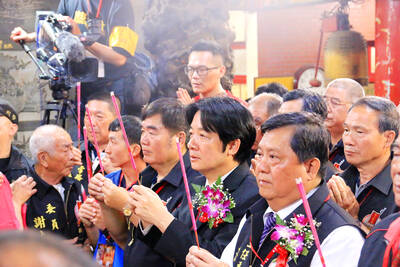
The Democratic Progressive Party (DPP), Chinese Nationalist Party (KMT), and the country’s other political groups dare not offend religious groups, says Chen Lih-ming (陳立民), founder of the Taiwan Anti-Religion Alliance (台灣反宗教者聯盟). “It’s the same in other democracies, of course, but because political struggles in Taiwan are extraordinarily fierce, you’ll see candidates visiting several temples each day ahead of elections. That adds impetus to religion here,” says the retired college lecturer. In Japan’s most recent election, the Liberal Democratic Party lost many votes because of its ties to the Unification Church (“the Moonies”). Chen contrasts the progress made by anti-religion movements in
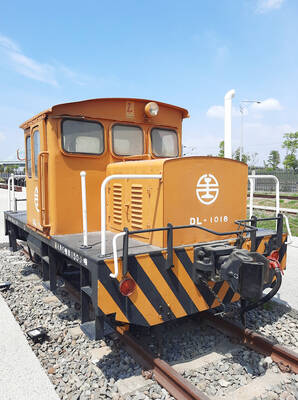
Taiwan doesn’t have a lot of railways, but its network has plenty of history. The government-owned entity that last year became the Taiwan Railway Corp (TRC) has been operating trains since 1891. During the 1895-1945 period of Japanese rule, the colonial government made huge investments in rail infrastructure. The northern port city of Keelung was connected to Kaohsiung in the south. New lines appeared in Pingtung, Yilan and the Hualien-Taitung region. Railway enthusiasts exploring Taiwan will find plenty to amuse themselves. Taipei will soon gain its second rail-themed museum. Elsewhere there’s a number of endearing branch lines and rolling-stock collections, some

Last week the State Department made several small changes to its Web information on Taiwan. First, it removed a statement saying that the US “does not support Taiwan independence.” The current statement now reads: “We oppose any unilateral changes to the status quo from either side. We expect cross-strait differences to be resolved by peaceful means, free from coercion, in a manner acceptable to the people on both sides of the Strait.” In 2022 the administration of Joe Biden also removed that verbiage, but after a month of pressure from the People’s Republic of China (PRC), reinstated it. The American

This was not supposed to be an election year. The local media is billing it as the “2025 great recall era” (2025大罷免時代) or the “2025 great recall wave” (2025大罷免潮), with many now just shortening it to “great recall.” As of this writing the number of campaigns that have submitted the requisite one percent of eligible voters signatures in legislative districts is 51 — 35 targeting Chinese Nationalist Party (KMT) caucus lawmakers and 16 targeting Democratic Progressive Party (DPP) lawmakers. The pan-green side has more as they started earlier. Many recall campaigns are billing themselves as “Winter Bluebirds” after the “Bluebird Action”